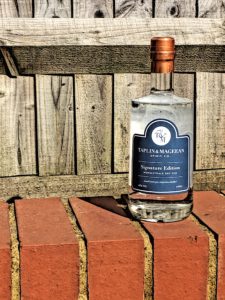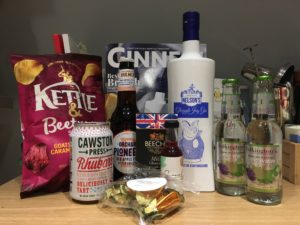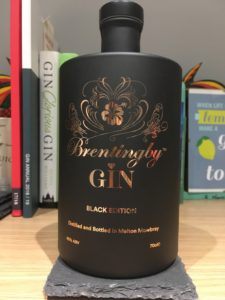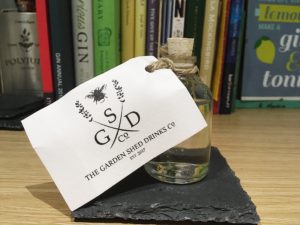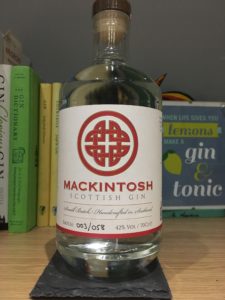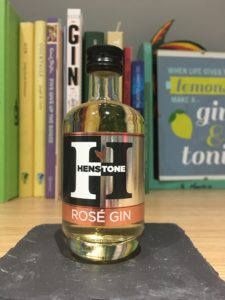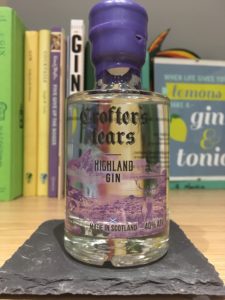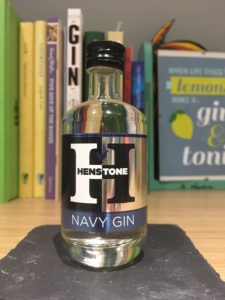Note: The Manly Spirits team sent me a bottle to try, but as always I’ll let you know what I think.
 New South Wales is probably most famous for being the state that Sydney lies in on the south east coast of Australia. The Australian gin scene is growing rapidly (so much so that Junipalooza has expanded out there), and Manly Spirits started life in Tasmania in late 2015. Founders David and Vanessa discussed the possibility of opening a distillery and dedicated their time to researching successful distilleries around the world before commencing training with a distillery closer to home. They launched their own distillery in April and utilise the biodiversity that Australia has to offer. Their spirits are hand crafted – they don’t rely on a machine to work out when the head/heart/tail start and end, instead relying on the noses of their team. They forage for their marine botanicals with the help of renowned forager and chef Elijah Holland to ensure that everything is sustainably sourced. Their range now features two vodkas, a whisky currently sat ageing in barrels, a limoncello, a coffee liqueur and three gins. The gin we are trying today is the Coastal Citrus gin that features botanicals such as lemon aspen, sea parsley, meyer lemon, lemon myrtle and fresh coriander leaf. If the name alone didn’t connote that this was citrus led, then the botanical list certainly does. So, how does it taste?
New South Wales is probably most famous for being the state that Sydney lies in on the south east coast of Australia. The Australian gin scene is growing rapidly (so much so that Junipalooza has expanded out there), and Manly Spirits started life in Tasmania in late 2015. Founders David and Vanessa discussed the possibility of opening a distillery and dedicated their time to researching successful distilleries around the world before commencing training with a distillery closer to home. They launched their own distillery in April and utilise the biodiversity that Australia has to offer. Their spirits are hand crafted – they don’t rely on a machine to work out when the head/heart/tail start and end, instead relying on the noses of their team. They forage for their marine botanicals with the help of renowned forager and chef Elijah Holland to ensure that everything is sustainably sourced. Their range now features two vodkas, a whisky currently sat ageing in barrels, a limoncello, a coffee liqueur and three gins. The gin we are trying today is the Coastal Citrus gin that features botanicals such as lemon aspen, sea parsley, meyer lemon, lemon myrtle and fresh coriander leaf. If the name alone didn’t connote that this was citrus led, then the botanical list certainly does. So, how does it taste?
